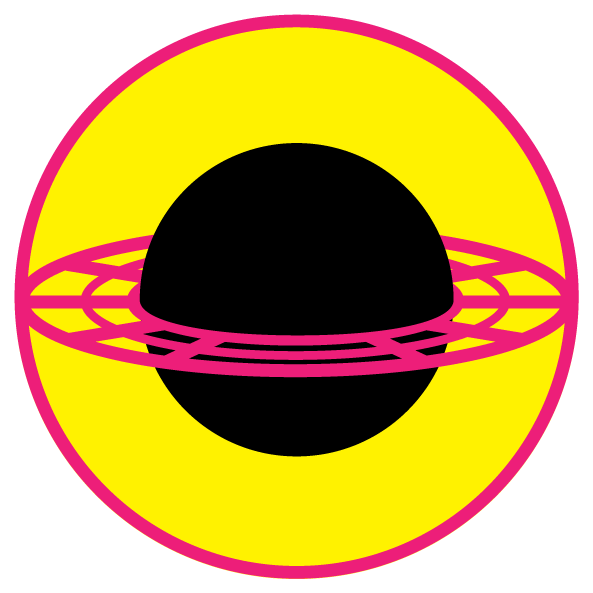space + pixels
nobody to see
and I can be the world
The Moon, near side
Expect stunning vistas, infinite line of sight and zero fresh air. Bring a space suit.
The map is based on the 3.6 gigapixel image of the near side of the moon taken by the Lunar Reconnaisance Orbiter Camera. Topological annotations taken from Gazetteer of Planetary Nomenclature by the International Astronomical Union (IAU) Working Group for Planetary System Nomenclature (WGPSN). The resolution is 100 meters per pixel.

photometry
Sato, H., M.S. Robinson, B. Hapke, B.W. Denevi and A.K. Boyd (2104) Resolved Hapke parameter maps of the Moon, Journal of Geophysical Research: Planets, 119, 1775-1805,
mosaic production
Wagner, R. V. Speyerer, E. J. Robinson, M. S., LROC Team, 2015, New Mosaicked Data Products from the LROC Team, 46th Lunar and Planetary Science Conference (poster)
original mosaic
Speyerer, E.J., Robinson, M.S., Denevi, B.W., and the LROC Science Team, 2011, Lunar Reconnaissance Orbiter Camera global morphological map of the Moon, Lunar Planetary Science Conference, Abstract #2387.
mission
Robinson, M. S., et al. (2010), Lunar Reconnaissance Orbiter Camera (LROC) instrument overview, Space Sci. Rev., 150(1), 81–124,
nomenclature
Working Group for Planetary System Nomenclature (WGPSN), International Astronomical Union (IAU)
